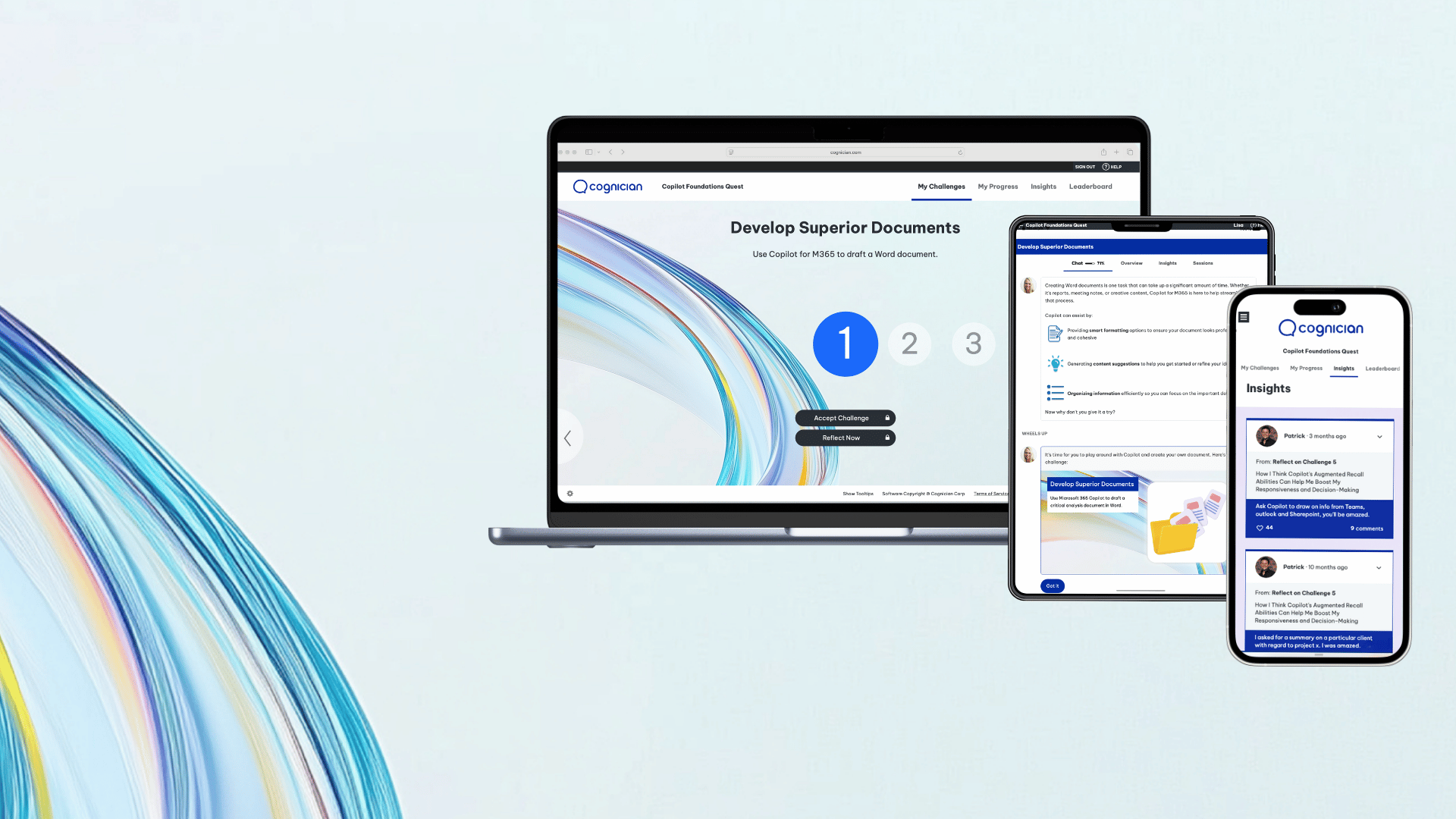What happens when we bring in new perspectives? This article explores this and how to activate inclusive problem-solving.
Diversity in our backgrounds equips us with varying mental toolkits. When people with diverse perspectives work inclusively to solve problems, the results are powerful. Take the example of the million-dollar Netflix algorithm challenge:
In 2006, Netflix's CEO, Reed Hastings, announced an open competition to create an algorithm that would predict customers' movie ratings. The algorithm had to be 10% more efficient than Netflix's algorithm, Cinematch. This task was so difficult that Netflix offered a million dollars to anyone who could achieve this.
Of course, this competition attracted thousands of participants from various backgrounds – from math majors at an Ivy League university in the US to Austrian computer programmers and even a British psychologist and his daughter!
Dry erase markers scribbled across whiteboards, notebooks piled up, and brains were tested. It became clear to contestants that this was not going to be solved by one brilliant individual who had all the answers. Early on, teams realized that the most significant improvements came when individuals combined their results. The secret sauce for the eventual winners (a blended team called BellKor’s Pragmatic Chaos) was, in the end, the collaboration between people with diverse perspectives. Finally, in 2009, the top two teams combined forces, combined their algorithms, and surpassed the 10% threshold.
What happened in this competition is what Scott E. Page refers to as the "diversity bonus." Diversity improves problem-solving and increases innovation which leads to better performance and results for your organization.
Our objective in this article is to explore the power of diversity in problem-solving and to provide three ways to improve problem-solving in your organization by activating diversity-embracing behaviors in your employees.
The Power of Activating Diversity of Thought
People tend to solve problems by first looking at their own experiences, habits, culture, and understanding. The brain does this to determine whether we have faced a similar situation before and if we know how to solve it. Psychologists refer to this as a "mental set."
Mental sets save us time and energy in the decision-making process but can hamper our problem-solving abilities. Different perspectives lead to different kinds of solutions. For example, an obvious solution to one person may seem abstract or irrelevant to someone else. The more perspectives you have when analyzing a problem, the more likely you will consider a broader range of solutions.
How can you show your employees how to embrace different perspectives in your organization?
To activate diversity, you need to create an environment that embraces the different ways individuals think, feel, and act. This is achieved by taking small actions over time to make inclusive behaviors a habit. Below we'll discuss three ways to help your team encourage diversity and inclusion when problem-solving.
1. Make All Voices Count
True diversity and inclusion mean that everyone in your team gets the opportunity to be heard. Sometimes though, we aren't conscious of who doesn't have a voice in a meeting or event. So, in many situations, the opinions of the most assertive people often carry the most weight. On the opposite side, women of color and other marginalized groups often don’t feel empowered to speak up.
In your organization, do you currently have a balance between who gets to talk in meetings and who doesn't?
In your next conference call or in-person meeting, take a back seat and mostly observe while still making sure that you participate when called upon.
After your call, reflect on what stood out for you. Also, consider what strategies you can create to ensure that the only time people on your team aren't heard is because they are on mute!
2. Welcome All Ideas
Organizations that embrace diversity solve problems by fostering an environment where all ideas are welcome. Embracing everyone's thoughts gives your team members the freedom to get creative without worrying about someone else's opinion. Don't miss out on your next great idea because someone was too embarrassed to share it.
The next time you have a brainstorming session, encourage your team to share their thoughts, no matter how out of the box they are.
Afterward, reflect on what happened in the session:
- What stood out for you when you encouraged all ideas?
- What can you leverage from what you have learned to enable your teams to share their ideas regularly?
3. Normalize Disagreements
A team can only be truly inclusive and allow a wide diversity of thoughts and ideas if it’s possible for members to disagree with each other in an empathetic and considerate way.
Diverse perspectives continue to flow when we normalize disagreements. If your team doesn't have a good strategy for dealing with conflict, only the most forceful personalities will be the ones who get their way.
Prepare yourself and your team for conflict with the following steps:
- Don't make it personal
- Avoid putting down the other person's ideas and beliefs
- Instead of saying "you", use "I" statements to communicate how you feel, what you think, and what you want or need
- Listen to the other point of view without interrupting
- Stay calm
- Avoid absolute statements
Final Thoughts
The Netflix algorithm challenge is a perfect illustration of the importance of diversity in problem-solving. The contestants understood that combining different ideas and perspectives was the only way to progress forward. Likewise, organizations need to take this approach too.
In this article, we explored how to activate behavior change in your employees by giving them small actions that they can use to be more inclusive when problem-solving. There are many other steps that organizations can take to embrace diversity.
If you are interested in other ways to activate inclusivity, book a consultation to discuss creating a custom D&I program.



.png)

